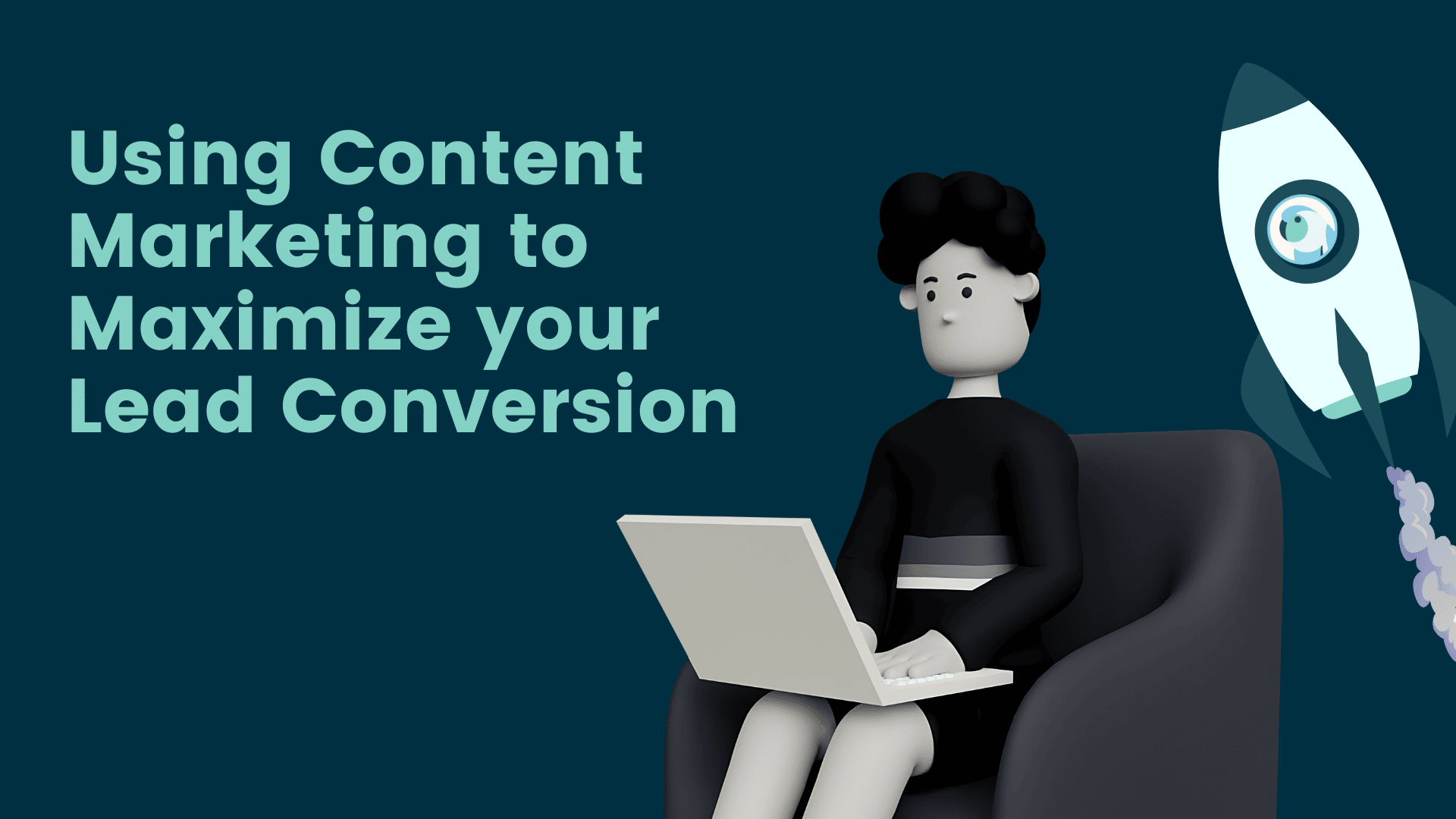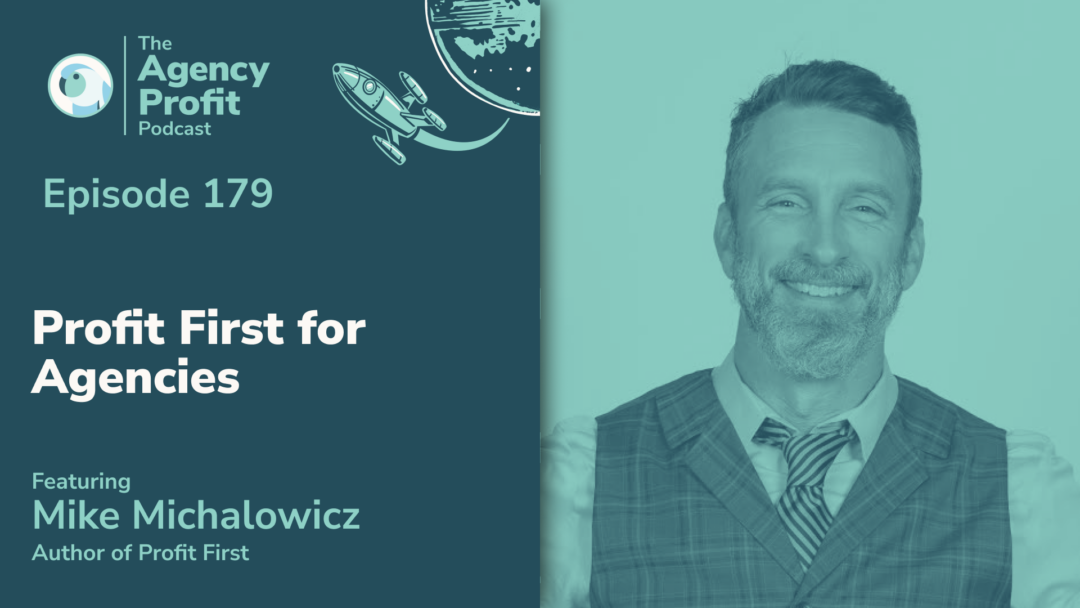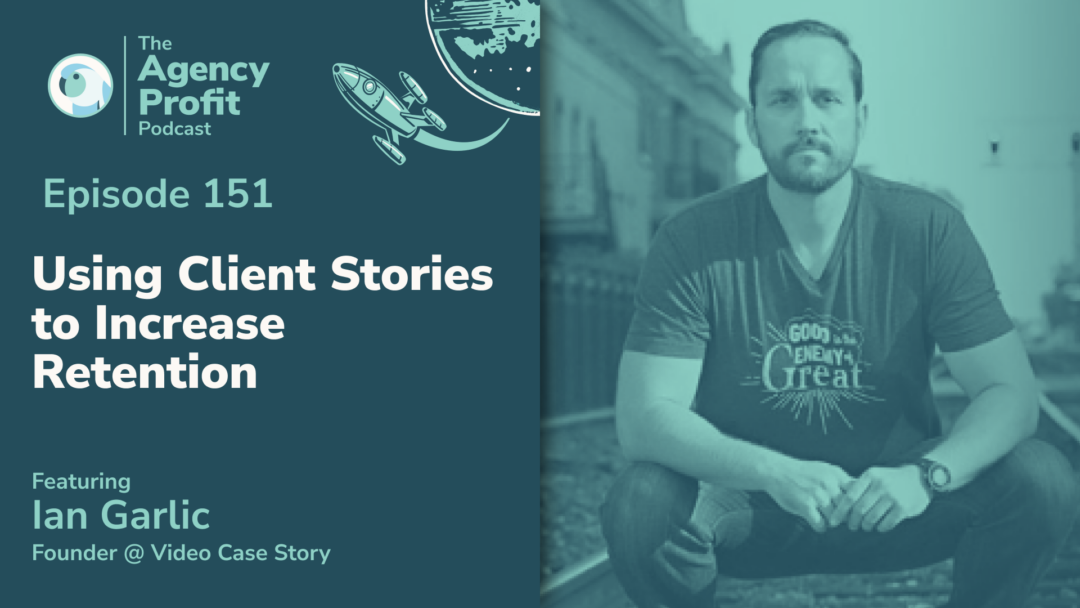Looking to maximize lead generation? Let’s help you find the right content marketing tactics for it.
Around 72% of digital marketing experts rely on content marketing to educate their target audiences. However, using content marketing to generate leads doesn’t come easy—it requires a proper strategy. But content marketing comes in many shapes and sizes. So, which content types or platforms should you focus on to generate leads? Let’s find out.
What Is Content Marketing?
Content marketing is a promotional strategy that relies on content to attract and retain customers. It can be used for lead conversion or organic traffic generation. The goal of content marketing is to create high-quality, relevant, and valuable content with the intention of driving traffic to your website.
It has been proven that content marketing is one of the most effective ways in which marketers can drive traffic to their websites, increase brand awareness and generate leads.
4 Ways To Use Content Marketing To Maximize Lead Conversion for Agencies
Without further ado, let’s dive right into the four main ways to use content marketing that’ll help you maximize lead conversions:
1. Start and Maintain a Blog
If you don’t know what a blog is, then let’s explain it a bit. A blog is a personal journal or diary that you write for the public to read. It’s a way to share your thoughts and experiences with people who are interested in what you have to say.
That’s why it’s one of the key ingredients in a content marketing strategy today. Because it allows you to:
- Educate your audience regarding your niche;
- Pour out your thoughts and opinions;
- Connect and engage with your audience directly;
- Portray your expertise and skills in your industry.
So, how do you start and maintain a blog in 2023? Let’s break down both aspects in two:
Starting A Blog
There are many ways to start a blog. You can choose from many blogging platforms, such as WordPress, Blogger, and Tumblr. The most popular blogging platform is WordPress. Simply because it’s easy to use and provides many features that make it easy for bloggers of any skill level to start their own blog.
The first step in starting your own blog is deciding on a topic that interests you the most. This will be the focus of your blog posts and will help define the type of content you post on your blog.
Once you have chosen your topic, think about what format would best suit this topic – whether it’s video, audio, written articles, or pictures – so that people can follow along with ease and interest in what they’re reading or watching.
But, it’s better if you use two or more types of content in your blog, such as:
- Text with images;
- Text with infographics, tables, and charts;
- Text with audio and video (preferably related to the website)
Maintaining A Blog
A blog is a great way to maintain a website that has content for your customers or potential customers. According to experts, a website with a blog has a 434% chance of getting indexed pages than a website without one. And as mentioned before, it’s key to showing your personality and expertise.
It is also a good way to make sure that you are staying up-to-date with the latest trends in your industry. Now, how do you maintain a blog? Maintaining a blog is about coming up with new topics, offering educational and actionable content, and avoiding duplicity by looking out for plagiarism.
So, here are some tips on how you can maintain a blog:
- Find a topic that you are passionate about and enjoy writing about it.
- Create an outline of what topics you want to cover in your blog posts.
- Set goals for how many posts per week, month, or year you want to write.
- Make sure that the topics in your outline are relevant and interesting to readers who visit your site.
- Use a plagiarism checker to scan your content before posting. If it’s 100% unique, post along. If it’s not, remove plagiarism before posting to avoid any plagiarism-related issues.
- Maintain an editorial calendar, so you know what topics will be covered in upcoming posts.
These are some of the key methods used by marketers to maximize their leads through blogging. But, even though you can learn all the basics of maintaining a blog, one of the absolute essentials is to ensure that you’re avoiding plagiarism.
That’s why it’s important to mention a plagiarism checker once more. Using an online tool such as Check-plagiarism, Turnitin, or Grammarly can help you spot the parts in your content that are showing up as plagiarized. Once you find out those parts, you can take the necessary steps to remove them.
This way, your blog posts will remain original.
2. Use SEO Strategies to Improve Traffic
SEO is one of the most important aspects of content marketing. It is simply a process that encourages web pages to rank higher on the search engine results page. So, here are three important things you need to remember about SEO:
Keyword Usage
One way to improve SEO and increase traffic to your website is by using targeted keywords. Using the right keywords in the right way is one of the pillars of content marketing and SEO. So, what you need to do is:
- Use the right tools for keyword research;
- Ensure the right amount of keyword density in your content (1-3% max)
- Find the right keywords for your topic, business, and niche.
These are keywords that are relevant to your content, and they will help your site rank higher on search engines.
User Experience
A common saying among SEO experts is to ensure that you write/create content for the targeted user first and second for search engines. So, your priority needs to be to provide a flowing and smooth user experience. So, a viable way to improve search engine ranking is by focusing on user experience. This means creating content that people will want to read, share, and link back to. The more people share it, the better your site will rank on Google or other search engines.
Formatting
The formatting of content matters as well because it can make a difference in how you rank with Google or Bing for certain keywords. It would be best if you used headings and subheadings so readers can easily find what they’re looking for on your website.
This is to ensure that they can explore your content without having to scroll through a bunch of text in order to find what they need. This kind of content formatting is deemed informative and educational by Google.
Side note: our Agency Profit Toolkit is a one stop shop for you to be able to outline some of these crucial profitability numbers to a potential buyer. Spreadsheets, templates and training videos, you name it, it’s all in the toolkit. Grab yours free at the link below:
3. Tailor an Email Marketing Strategy
Email marketing is one of the surefire ways to bring more customers to the door. According to research, email marketing happens to have the highest ROI, with 4200%, among all digital marketing methods. In simple words, you generate $42 for every $1 that you put into your email strategy.
By the way, we’re mentioning email marketing here because it is a branch and segment of content marketing. Since email marketing involves content, it falls into that category.
Moreover, one of the best ways to create awareness about your company is by getting your email address out there. This can be done by sending emails about new products, promotions, or any other updates.
Emails are also a great way to bring more leads into your business because they are a direct line of communication between you and your customer. However, there is one important trick: Tailor your emails to suit the needs of your target audience, which is key to creating effective marketing campaigns.
So, how exactly do you do that? There are a few key things you need to remember, and four of them are:
- Segment your target audience – before you start sending out emails, it’s important to segment your target audience and figure out who they are.
- Create awareness – try to create awareness in the email by including a call to action. This CTA should lead back to your website, blog, etc.
- Personalize your messages – Your target audience isn’t looking to talk to a robot. So, try to personalize your emails.
- Automate everything – automate everything from email writing and sending to reporting on open rates and click rates.
- Keep the audience in the loop – You can also use emails to improve engagement with your customers by sending them updates on what you have going on in the company and what they should expect from you in the future.
Thus, by using these tips, you can thoroughly maximize your lead conversion by using an emailing strategy.
4. Use Social Media: For Ads & Organic Content
Social media is an effective tool for businesses to reach out to their target audience. It is a cost-effective way of marketing and advertising, which allows you to use it for organic content as well as for advertisement.
Moreover, social media is a powerful tool to create awareness and improve engagement. Most importantly, it also helps in bringing more leads and turning them into conversions. So, how to use it in your favor?
There are different ways that social media can be used for ads and organic content. These include:
- Using it as a promotional platform.
- Using it to build relationships with customers.
- Using it as a distribution channel for content.
- Using it for customer service.
- Using it for advertising.
- Use social media as an organic content creator.
What is the best way to use social media? Use all of the six methods mentioned above. You need to use it as a promotional platform to stand out against your competition. Moreover, it’s important to build direct relationships with customers to keep bringing leads—and social media is a viable way to do that.
Lastly, social media networks like Facebook, Instagram, Twitter, etc., are ideal for content distribution and advertisement. So, you need to use social media networks to maximize lead generation and conversion.
Conclusion
These are four of the most viable ways to use content marketing in 2023. Not only will they help you stand out moving forward, but they will also help you generate an outstanding amount of leads. Therefore, if you wish to convert properly, you’ll have to employ all of these methods in your content marketing strategy.
About the Author

towards guiding and thriving in the competitive world. Having years of experience in digital
marketing. Alexia Greene believed to present innovative solutions through her writings.







0 Comments